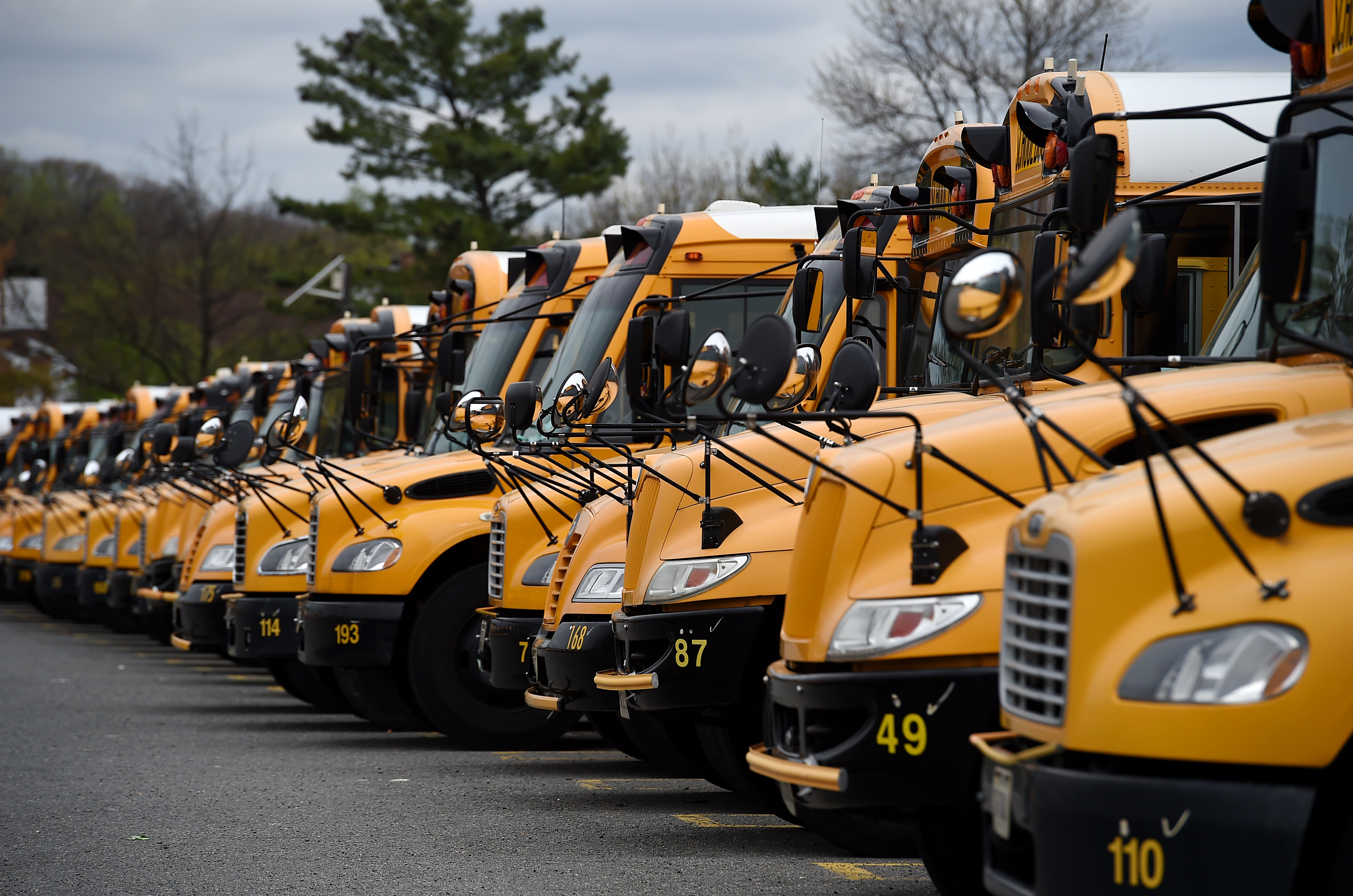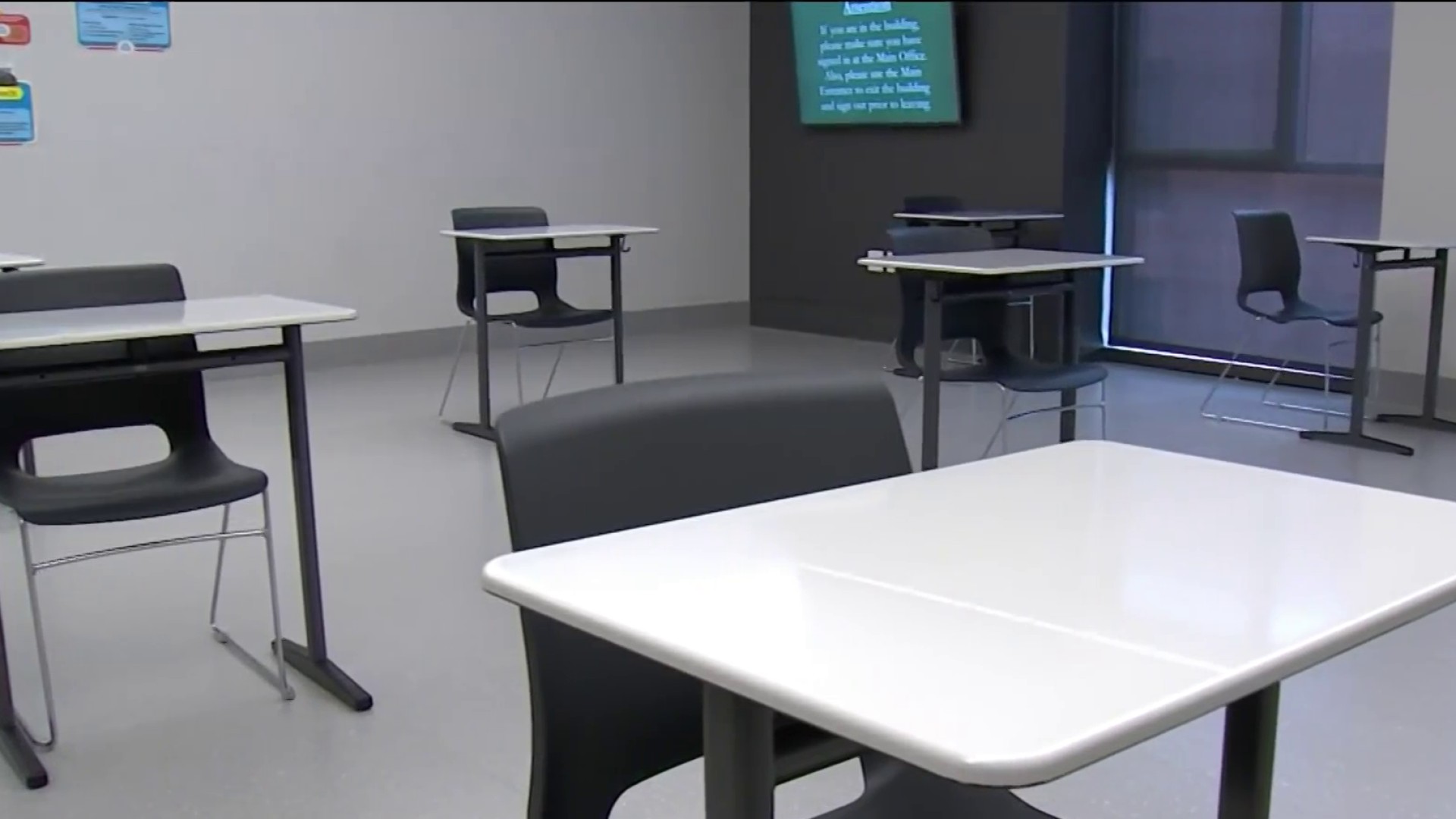As Massachusetts schools prepare for fall reopening in some capacity, the state education department has released various guidelines outlining what back-to-school might look like amid the pandemic, from providing PPE to training bus drivers in symptom screening.
The most recent directive from the Massachusetts Department of Elementary and Secondary Education -- or DESE -- came in a memo released last week, establishing protocols for what schools should do in various coronavirus scenarios.
Get Boston local news, weather forecasts, lifestyle and entertainment stories to your inbox. Sign up for NBC Boston’s newsletters.
In nearly 20 pages, the state outlines situations of coronavirus cases in school, on the bus or in community settings and how to address them.
Among the guidance is a call for bus drivers to be trained to screen for symptoms and turn students away if they appear sick. Steps for what to do if the student is on the bus are detailed as well.
Instructions for what to do in other scenarios include exposure to someone with COVID, people who test positive, if a student appears to show symptoms at school and if staff are symptomatic at home or school.
Also outlined are potential school closures, multiple cases in schools, community coronavirus outbreaks and the possibility that the state regresses to a previous reopening phase.
Earlier this month, DESE sent a seven-page memo to school leaders and educators outlining health and safety guidelines for reopening. Schools will be required to provide supplies like gloves, hand sanitizer and masks. The state provided recommendations for how much to order for the first 12 weeks of school.
Initial guidelines were first released in June, instructing districts to submit reopening plans by August for three possible scenarios: A full-scale return to school, a mix of in-person and remote learning or exclusive remote learning.
The guidance calls for students in the second grade and up -- as well as adults -- to wear masks or face coverings and maintain physical distance. Desks should be a minimum of three feet apart but ideally six feet apart.
Schools must designate an isolated space, separate from the nurse’s office, where students who shows symptoms during the school day can stay until they can be picked up.
A complete collection of school-related coronavirus protocols released by DESE can be found here.
Officials have also emphasized the important role families will play in reopening schools, including conducting temperature and symptom checks at home. The state created a symptom checklist for districts to distribute to educate families on how to conduct screenings properly.
Symptom Checklist:
- Fever (100.4 degrees Fahrenheit or higher), chills, or shaking chills
- Cough (not due to other known cause, such as chronic cough)
- Difficulty breathing or shortness of breath
- New loss of taste or smell
- Sore throat
- Headache when in combination with other symptoms
- Muscle aches or body aches
- Nausea, vomiting, or diarrhea
- Fatigue, when in combination with other symptoms
- Nasal congestion or runny nose (not due to other known causes, such as allergies) when in combination with other symptoms
The state education department urges anyone -- staff or students -- who have symptoms to stay home except to get a test for active COVID-19 infection. Schools are also encouraged to make lists of nearby testing sites available.



